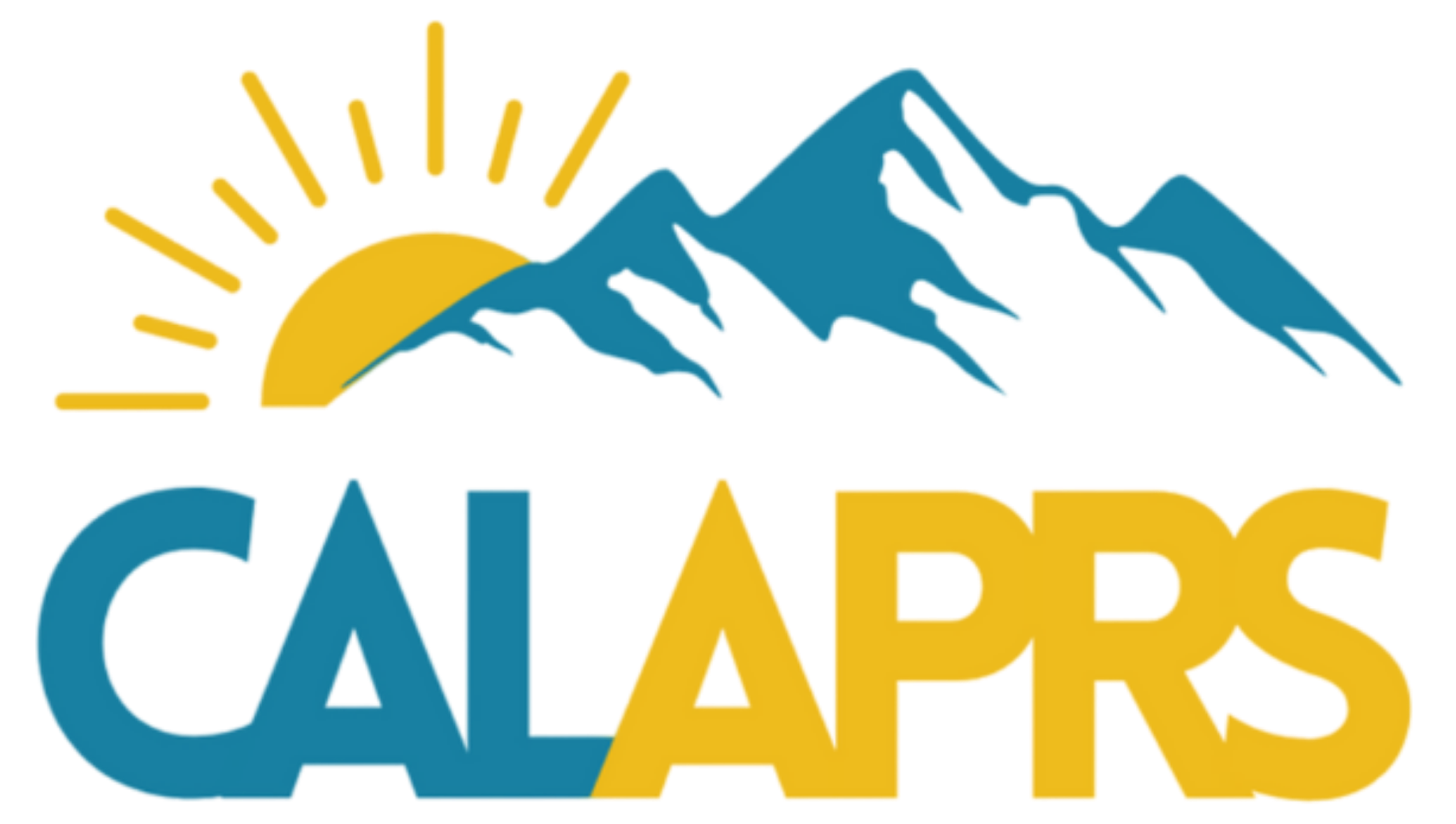History
The History of CALAPRS
The California Association of Public Retirement Systems (CALAPRS) was founded in 1984 out of a simple idea: retirement system leaders across California needed a way to connect, share knowledge, and learn from one another.
The vision began with Richard (Rich) Goss, newly appointed Retirement Plan Manager at the Los Angeles Water and Power Employees’ Retirement Plan. Wanting to exchange ideas with his peers, Rich reached out to Bob Logan (San Diego City Employees’ Retirement System), Granville DeMeritt (San Francisco Employees’ Retirement System), Jerry Bardwell (Los Angeles City Employees’ Retirement System), and Gary Mattingly (Los Angeles Fire and Police Pensions). Word spread, and Dick Yankee (San Bernardino County Employees’ Retirement Association) soon joined the conversation. At the time, there was an established organization for county systems—SACRS (the State Association of County Retirement Systems)—but nothing that brought together city, county, and special district systems.
Connections with other leaders expanded the effort. Sid McCausland of CalPERS entered the conversation through Yankee, and he reached out to Bob Logan, who had recently helped run the successful 1984 Proposition 20 campaign. That landmark measure enshrined the “prudent person” rule into the California Constitution, transforming how retirement systems invested and how boards carried out their fiduciary responsibilities.
Later that year, a formative meeting was held with McCausland, Toigo, DeMeritt, Logan, Goss, and Yankee, along with Robin Miller (CalSTRS), Carol Stick (Sacramento County Treasurer), and John Descamp (Sacramento County Retirement). They agreed to establish an educational “brown bag lunch/roundtable organization” and began drafting bylaws. Toigo contributed $15,000 in surplus funds from the Proposition 20 campaign, donated by the investment management community, as seed money for the fledgling association.
At this meeting, McCausland emphasized two principles that continue to guide CALAPRS today:
-
Larger retirement systems would contribute higher dues than smaller systems.
-
The organization would seek financial support from service providers to ensure quality educational programs.
A follow-up meeting in Sacramento in November 1984 drew about 30 representatives from retirement systems across California. The group voted to formally establish CALAPRS, and from the floor nominated the first slate of board members:
-
Jerry Bardwell, Los Angeles City Employees’ Retirement System
-
Tom Bogdan, Orange County Employees’ Retirement System
-
Richard Goss, Los Angeles Water & Power Employees’ Retirement Plan
-
Betty Lanoue, Contra Costa County Employees’ Retirement Association
-
Sid McCausland, California Public Employees’ Retirement System
-
Carol Stick, Sacramento County Employees’ Retirement System
-
Dick Yankee, San Bernardino County Employees’ Retirement Association
From this group, the board elected Rich Goss as the association’s first President.
In April 1985, the first General Assembly was held at the East Bay Municipal Utility District in Oakland, where attorney Ian Lanoff spoke about the new prudent person requirements. The following month, attorney Bob Toigo filed incorporation and tax-exemption documents, formally establishing CALAPRS as a 501(c)(6) nonprofit. By September of that year, Goss was invited by Irene Lange (Mendocino County Treasurer and SACRS President) to speak at a SACRS meeting about CALAPRS’ educational mission and inclusivity—emphasizing that CALAPRS was not a competitor but a complement to SACRS, open to city, county, and special district systems alike.
Growth of Programs and Roundtables
By 1986, CALAPRS launched its first Administrators’ Roundtable. Additional roundtables for trustees, attorneys, benefits staff, accountants, and administrative assistants followed in the late 1980s and 1990s, often championed by dedicated individuals. For example:
-
The Attorneys’ Roundtable gained momentum after Richard Koppes became Chief Legal Counsel at CalPERS.
-
The Trustees’ Roundtable eventually took shape in the mid-1990s under the leadership of McCausland.
-
The Administrative Assistants’ Roundtable was sustained through the efforts of Jackie Hyde (Los Angeles Water and Power Employees’ Retirement Plan) and Toni Warren (Contra Costa County Employees’ Retirement Association).
In 1993, following the untimely passing of Bob Toigo, CALAPRS established the Robert Toigo Award to recognize outstanding service to public retirement systems in California.
Administrative Leadership
CALAPRS has benefitted from a series of dedicated administrators who ensured smooth operations and program delivery:
-
1986–early 1990s: Staff of the Sacramento County Treasurer’s office
-
Early 1990s–1995: William Conway and Carol Gale
-
1996–2000: Dennis Batchelder and John Spittler
-
2000–2009: Rich Goss, with support from Jackie Hyde
-
2010–present: Kerry Parker (2010-2019) and Alison (Corley) Trejo (2010-present) of association management company HollandParlette, supported by a team of staff members.
CALAPRS Today
Now more than three decades later, CALAPRS is a thriving, financially sound association of 40 member systems, governed by a 10-person board of administrators. The organization produces approximately 35 educational and networking programs annually, maintains an online membership directory, and publishes a biennial salary survey. Its website continues to evolve as a hub for member resources and interaction.
Administrators and trustees play an active role in shaping program content, serving as facilitators, moderators, and course deans, ensuring that CALAPRS programs remain relevant, high-quality, and responsive to the needs of public retirement systems across California.
The vision first articulated in 1984 remains vibrant today: to educate and inform trustees and staff of California’s public retirement systems through forums for information exchange, collaboration, and community.
CALAPRS’ enduring strength is due to the countless administrators, trustees, staff, board members, educators, and mentors who have dedicated time and energy to building this community. To all who have contributed—you are the reason CALAPRS continues to be the exceptional and relevant organization it is today.
